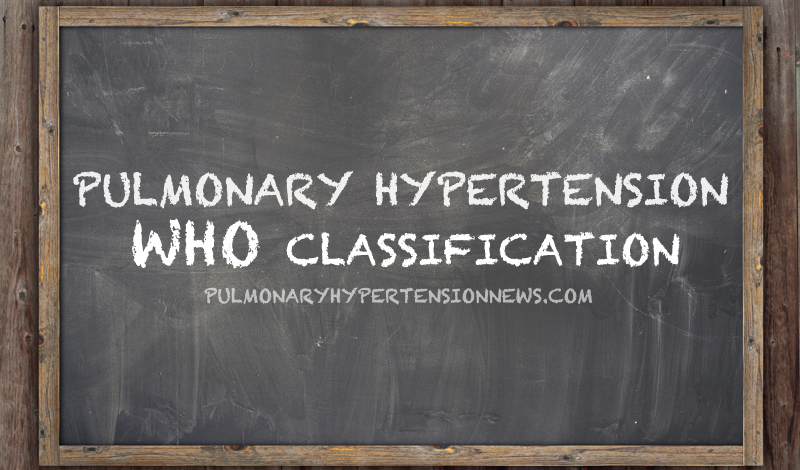Pulmonary Hypertension WHO Classification

Pulmonary hypertension (PH) is a severe, rare lung disease characterized by high blood pressure in the pulmonary arteries. Due to the condition, the pulmonary arteries, which are responsible for transporting the blood from the right heart ventricle to the lungs, become narrowed and thickened. In order to properly pump the blood, the heart needs to work harder, which can lead to enlargement and weakening of the organ, as well as potential right heart failure.
There is currently no cure for pulmonary hypertension, but there are treatments that can help patients cope with the symptoms, which include shortness of breath, tiredness, chest pain or pressure, irregular heartbeat, pain on the upper right side of the abdomen and decreased appetite. Symptoms, diagnosis and treatment of pulmonary hypertension are different according to the different sub-types of the disease. In order to produce, maintain and implement international health information standards, the World Health Organization (WHO) defined a PH classification.







